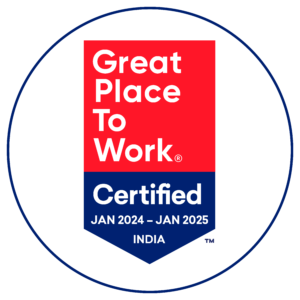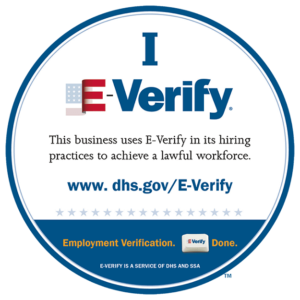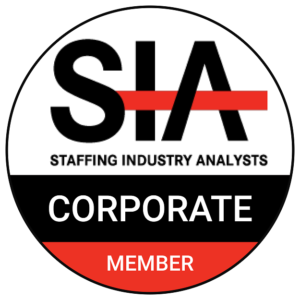While reading job advertising, references to the credentials for the position or Job requirements are often found. The employer finds such credentials necessary in order to achieve adequate performance in that work. Employers have been losing out on top talent in recent years through the implementation of a restrictive collection of uniform criteria. One potential explanation for the trend? The growth of digital technology to screen talent.
Whatever the reason, the fact remains that employers have overreached their work requirements, thus excessively restricting their pools of talent. Hiring managers and recruiters now need to take a careful look at their job descriptions and ads to ensure they correctly represent a role’s genuinely required requirements.
1. Employment advertising People Focused, Not Criteria
Reviewing the job descriptions regularly and updating them as needed can be a time-consuming collection of activities, but for today’s talent market this is absolutely important. An extremely complex job requirement can trigger a host of downstream problems, driving talented applicants away and leading to overqualified recruits who quickly become dissatisfied in the role and leave.
So, what better way to construct job descriptions and ads that actually work? Rather of defaulting on a lengthy list of criteria, find the best person doing the job at the moment and base the definition on their characteristics and skills. And be sure to set clear expectations about what the position entails and the opportunities it provides for long term development. It will help ensure candidates applying are candidates who will be very happy in the position and thus curb attrition.
2. Rethinking future candidates
Given today’s labor market supply and demand, companies need to get innovative with how they recruit and retain talent. Loosening your list of criteria is part of this and so embracing a more complex view of possible applicants.
While once only candidates with extensive experience were hired in their own sectors, many businesses are discovering today that it is important to cast wider nets. Recruiters and hiring managers are finding that aptitude and skill matters more than objective knowledge another reason why they are self-defeating those long lists of qualifications.
How do you calculate anything like aptitude when you are unable to look at the past experience of a candidate? For this reason, some organizations have integrated problem-solving evaluations, math assessments, and similar assessment approaches into their recruiting processes. These tests will provide an employer insight into the core competencies of an applicant, which can then be enhanced by training and development opportunities for the particular job at hand.
3. Competing Recruitment Needs
While there are plenty of advantages to easing standards and investing in talent, it is important to remember that employers need to balance the desire to recruit the right employee the first time around with the need to recruit. When the filling of open vacancies takes too long, the current staff become overworked and start chasing themselves. Instead, instead of just one, you will fill several roles, exacerbating turnover rather than rising it.
When you’re recruiting quickly without first ensuring a good match, it can trigger your own problems. It is particularly true if your list of challenging criteria leads to an over-qualified recruit. You may think this would mean higher-quality work done more quickly, but if you hire someone who’s overqualified for the job, you will probably lose them.
4. Hire for existing needs
When recruiting, employers often struggle to differentiate between current and potential needs, and this can be a contributing factor in lists of excessively strict criteria.
You will need to get an undergraduate degree from all new hires because they would need it if they are promoted to management but are all employees going up to management? You may be neglecting good applicants for the current job by focusing on a future that may or may not happen.
Conclusion
These days the staff are moving jobs more often. Would you still have to make assumptions on where might new recruit will be in 5-years ‘ time? When you are recruiting someone with a goal to gradually transfer them into a higher-, make sure that you let them know the timetable upfront so they can make educated decisions about whether this is the right career path for them. It is all about controlling standards properly Job requirements .














